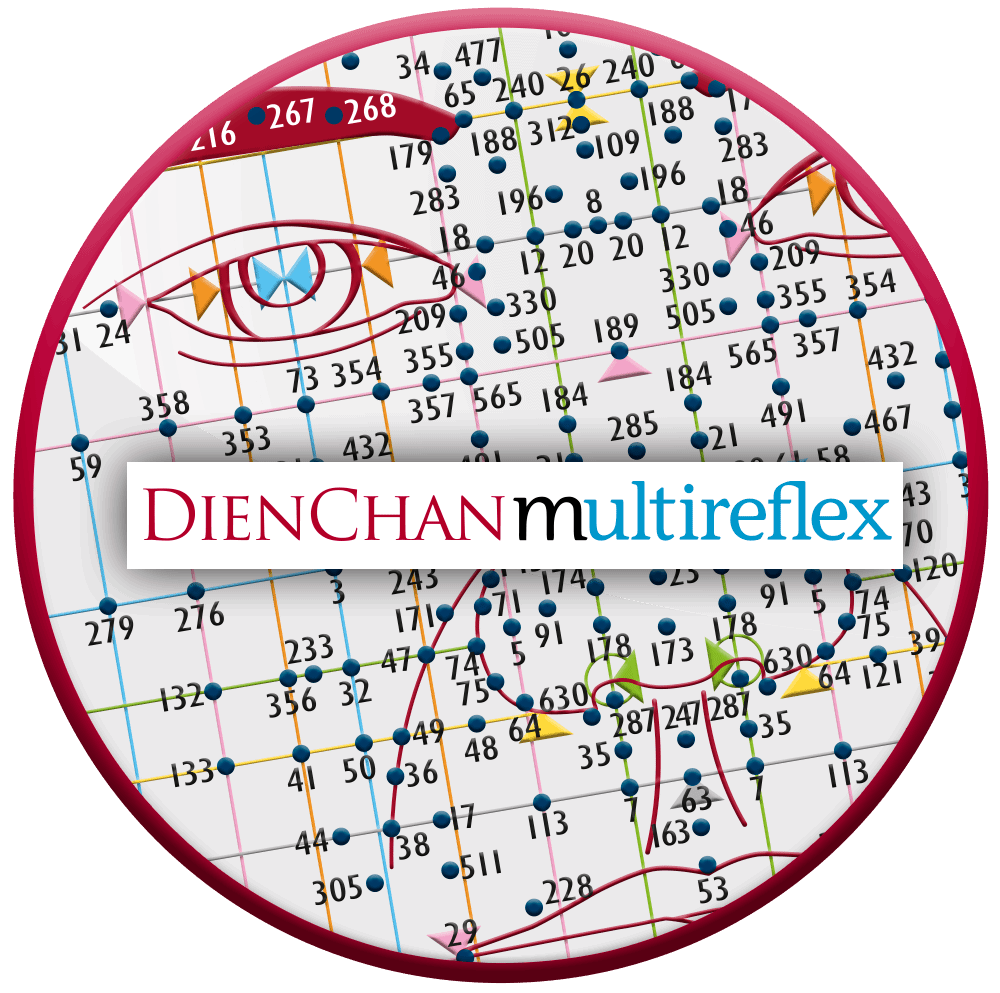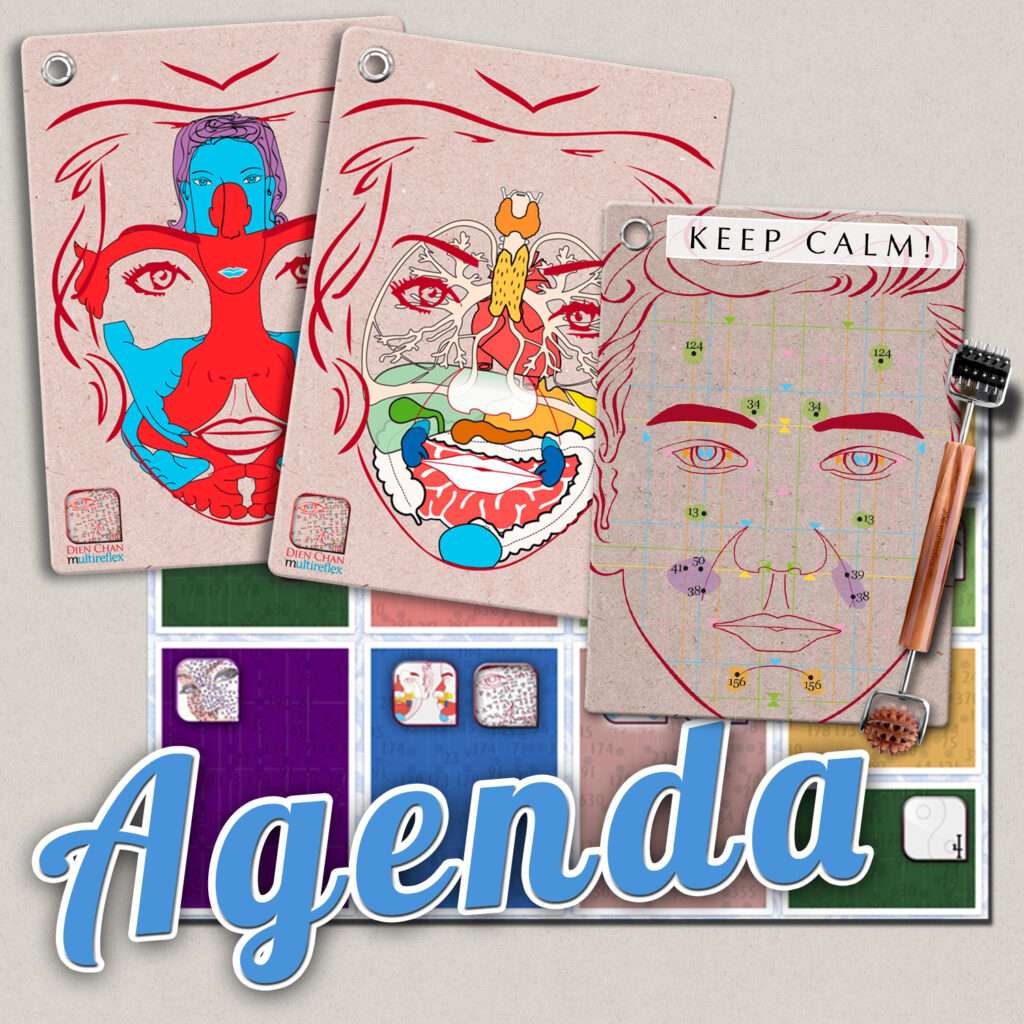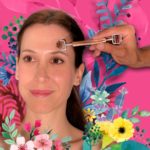Taking care of your intestines means pampering your brain!
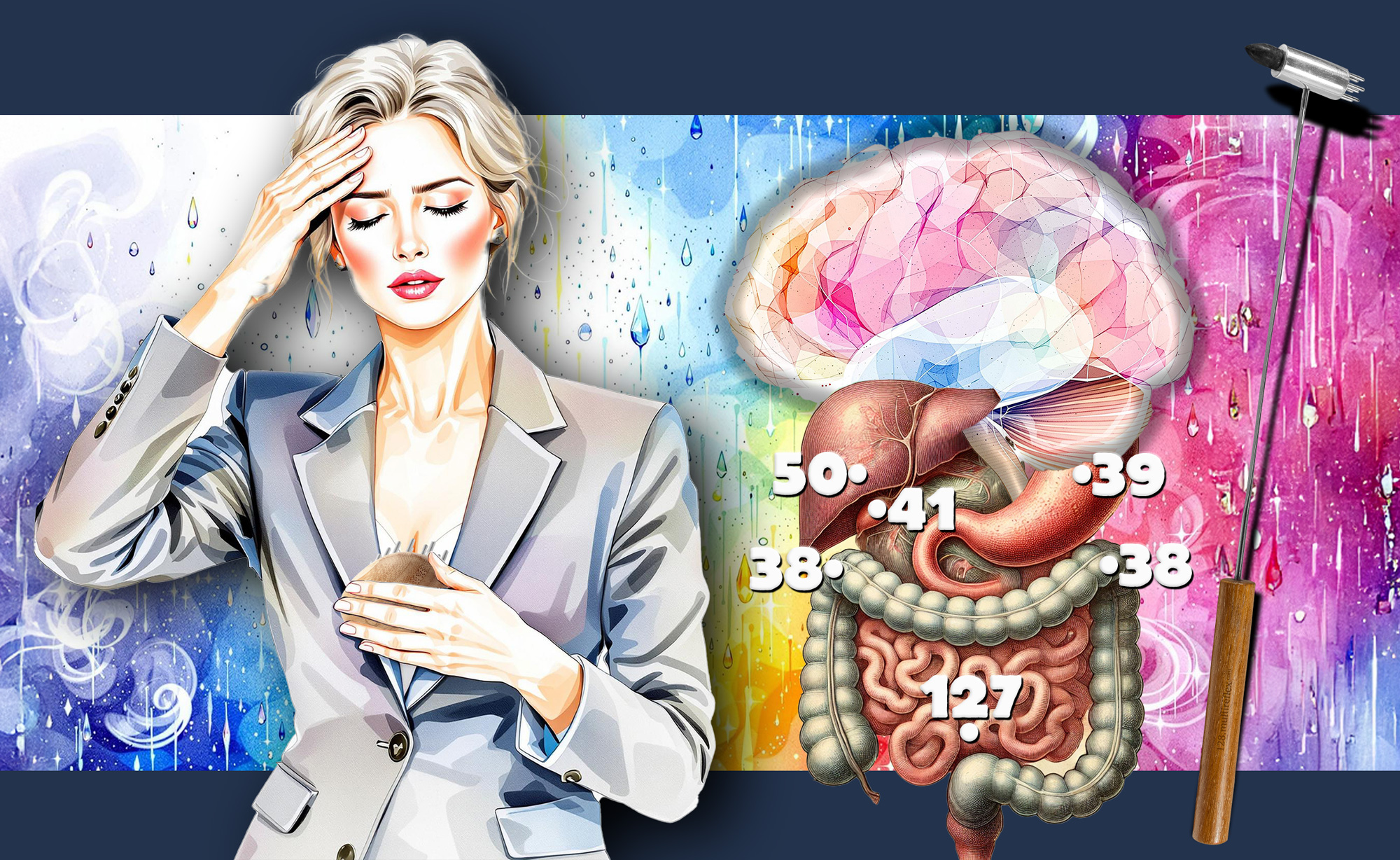
Did you know that our digestive system is often considered our second brain? The enteric nervous system, nestled in our gut, is composed of nearly 100 million neurons, sharing a common origin with those of our brain. This close link explains why our emotions influence our digestion… and vice versa! Stress, anxiety, joy, or exhaustion all leave an imprint on our intestinal transit. With the arrival of spring, it is not uncommon to feel a certain fatigue, bloating after eating fruit, or even a slight seasonal depression.
As the famous humorist Coluche said, «This guy is not well in the head’s intestine!»; an expression that, in its own way, perfectly illustrates the interconnection between our intestines and our mental state.
Beyond digestion, our gut plays a key role in our overall health; it houses nearly 75% of the body’s immune cells. It is a true regulation centre that influences both our resistance to infections and our emotional balance.
The large intestine is not only the seat of our immune system, but it is also closely related to our brain, and chronic irritation can promote neurodegenerative diseases like Alzheimer’s or Parkinson’s, due to the release of inflammatory molecules that weaken the brain.
In addition to serotonin, the intestine influences the production of dopamine, a neurotransmitter crucial for motivation and pleasure. Poor intestinal health can thus affect our mental energy and decision-making capacity.
This constant communication between the brain and the intestines is called the brain-gut axis (or gut-brain axis). This ongoing dialogue impacts both our digestive health and our mental well-being. It is therefore essential to support this balance, particularly by taking care of our intestinal flora and promoting good transit.
Rather than systematically resorting to powders or pills, why not learn to regulate our digestion naturally? Stimulation of the intestines through reflexology, adapted diet, self-massages… So many gentle and effective approaches to regain energy and lightness in daily life!
Care plan for a gut~brain axis in top form
To obtain optimal and lasting results, we will apply the Dien Chan care plan with rigour and attention. Dien Chan is not just about stimulating bqc·points; it is a holistic approach that considers the person’s overall state.
- Before using the reflex diagrams, we must work on the body to facilitate overall balance. This step is crucial to maximise the effectiveness of the care and promote a harmonious response.
- Once the terrain is prepared, the bqc·points formula will reinforce and anchor the benefits of the initial steps.
Thanks to this holistic and progressive approach, each session becomes a tailored experience, perfectly adapted to the person’s needs. A method that guarantees deep, lasting results and overall well-being!
1| Mental preparation
The brain exerts a direct influence on the functioning of the intestines through the autonomic nervous system and the endocrine system. Chronic stress can disrupt digestive balance and lead to issues such as irritable bowel syndrome, bloating, abdominal pain, or even an imbalance in the intestinal flora.
To soothe the gut-brain axis, it is essential to start by relaxing the nervous system. A simple and effective gesture is to gently rake the scalp using the Yin rake nº416. Perform regular movements from the forehead to the nape without excessive pressure. Repeat these back-and-forth movements about fifty times, then do the same on the sides of the skull.
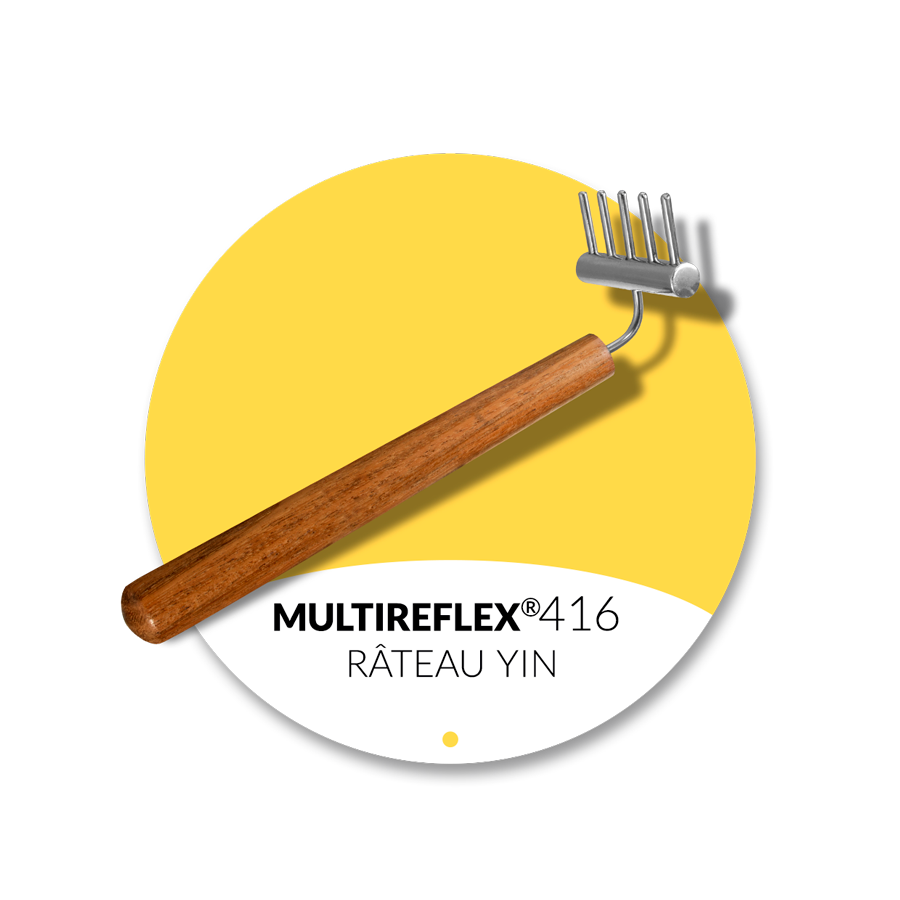
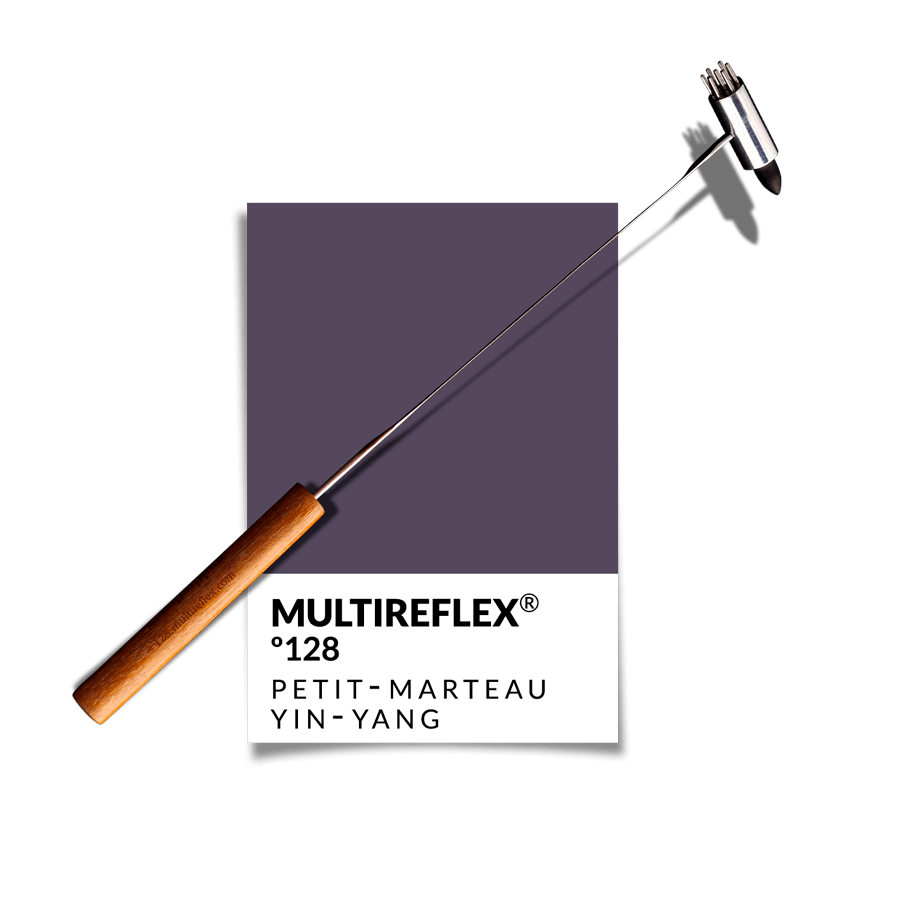
If the person expresses feelings of stress, complement this first step by gently tapping bqc·points 124· and 34· with the Little-hammer nº128. About thirty percussions are enough to promote relaxation and prepare the body for the following care steps.
2| The body step
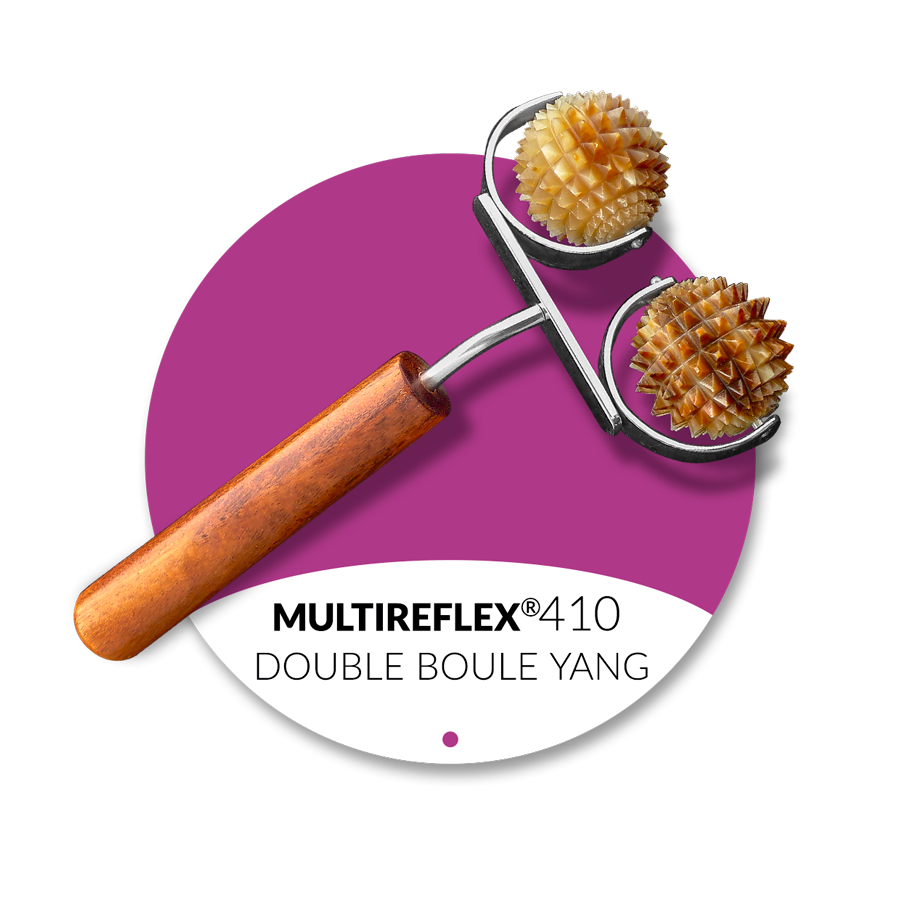
If possible, revitalise the microcirculation of the abdomen by rolling over it with the Double yang ball nº410. About thirty back-and-forth movements on each side of the abdomen help to warm up the area, thus encouraging better blood and energy circulation.
Ensure the sensation remains pleasant for the person and take the opportunity to engage in dialogue. This moment of exchange is precious for obtaining more information about the troubles that may sometimes bother them.
By creating an environment of trust, you will better understand their needs and adapt the care accordingly, thus reinforcing the effectiveness of the treatment.
3| The reflex step
Let’s start by alerting our brain that we need to focus on the abdomen. To do this, perform a massage around the mouth. The most appropriate would be to perform the Reflexodrainage, then repeat the mouth massage once more.
Next, let’s focus on the main reflex zones:
- The stomach: stimulate the area located to the left of the nasal wing using the mini-brush of the Beauty-brush nº252. Gently knead the skin with comma-like movements for one minute. This technique helps to restart gastric activity and improve digestion without irritating the skin.
- The liver: now move to the right side, still using the mini-brush, to activate the hepatic system. This gentle kneading promotes blood circulation to the liver, an organ essential for filtering and detoxifying the blood.
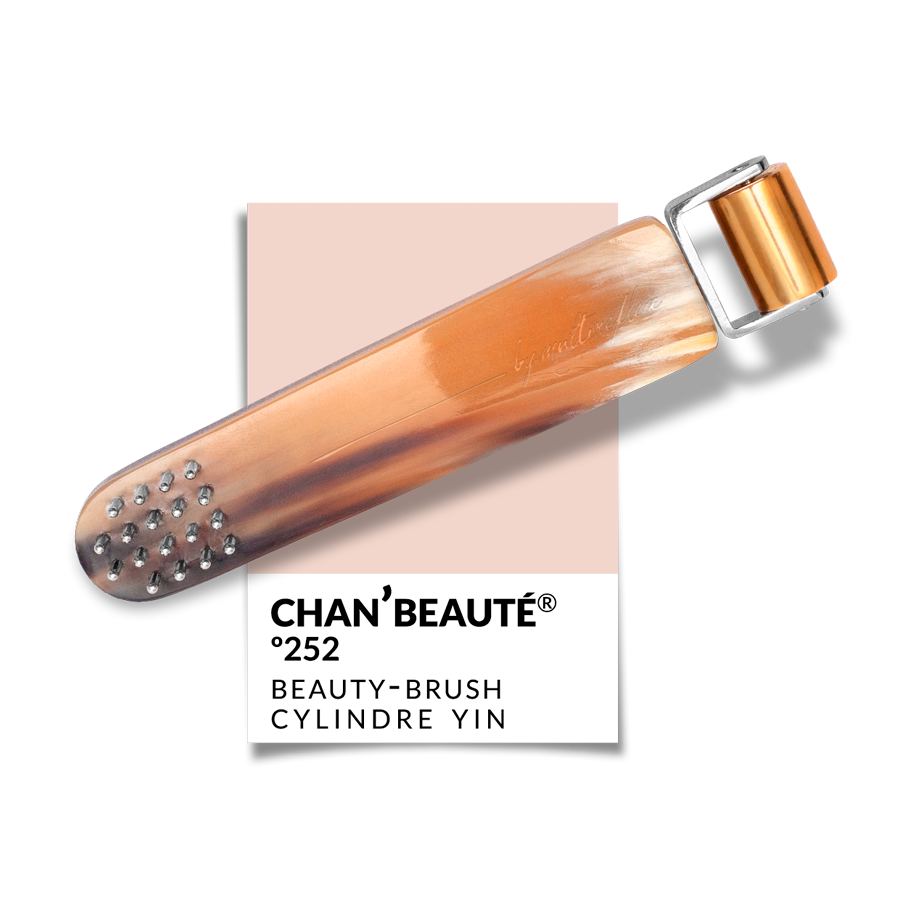
Thanks to the prior Reflexdrainage, fluids circulate better, and the following stimulations gain in effectiveness.
It is important to note that intestinal bacteria produce neurotransmitters such as serotonin, about 90% of which is manufactured in the intestine. Serotonin plays a key role in regulating mood, sleep, and anxiety. A microbiota imbalance (dysbiosis) is often associated with disorders such as depression or anxiety.
Finally, let’s explore the representation of the head on the reflex diagrams. By observing the diagram of M. Yang (red man of the reflex diagram of the extremities on the face), we can refine the work by targeting specific zones to rebalance the brain-gut axis.

This approach allows us to precisely target the areas to be treated to achieve lasting results and improve your quality of life.
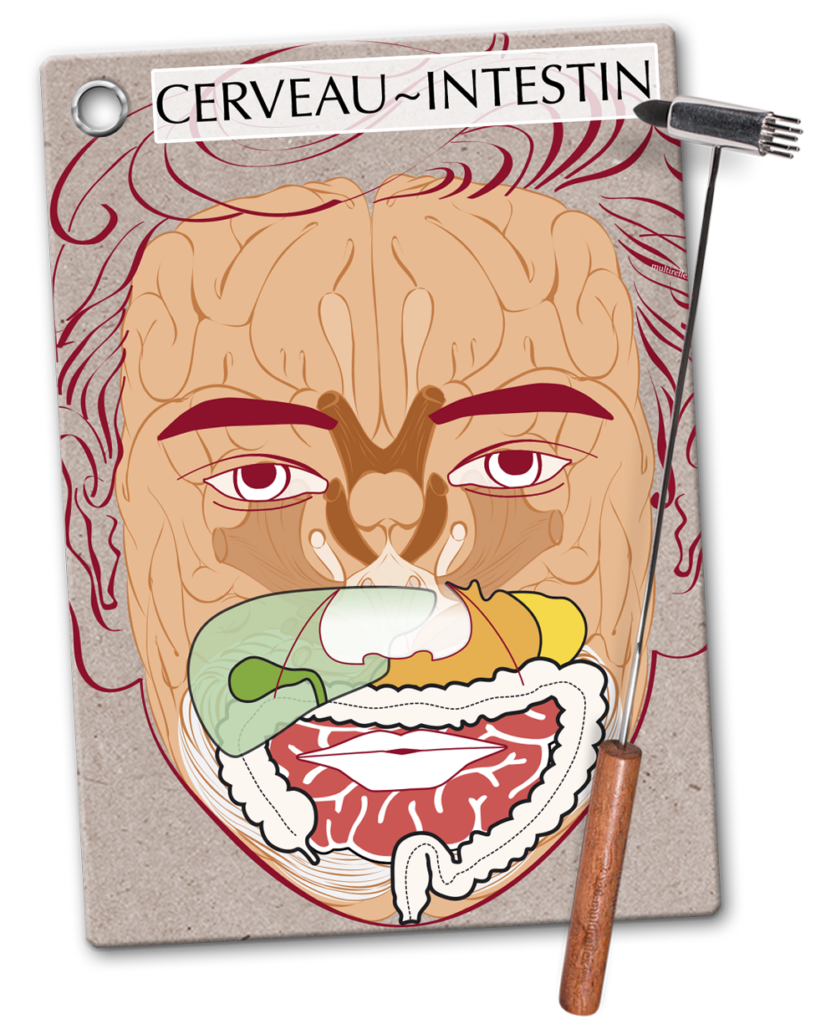
4| Consolidation step
Take advantage of the Reflexdrainage massage to identify painful points along the intestinal path around the mouth. This helps to pinpoint parts of the intestine that are less active or suffering from blockages.
It is therefore interesting to monitor the sweeps we perform during the previous steps to detect the most sensitive areas. We can then return to them during this consolidation step.
We will thus build a constellation from which we select the most sensitive bqc·points.
For example, if bqc·points 38· or 342· 104· or 511· are particularly sensitive, stimulate them for thirty seconds on each side using the Detector nº101. This point, located at the intersection of the horizontal line dividing the upper lip with the nasolabial fold, indicates the elbows of the large intestine.
The vagus nerve, the main communication channel between the brain and the intestines, quickly transmits information about the state of the digestive tract. bqc·point 113·, related to this nerve, must be included in our constellation.
We also resume the stimulation of the liver and gallbladder with bqc·points 50· and 41· to revitalise blood flow. To consolidate this approach, we complement it with bqc·points 60· and 57·, related to the heart.
- The Liver meridian, when imbalanced, can lead to stress, anxiety, and digestive disorders such as irritable bowel syndrome.
- The Stomach meridian, which directly connects the digestive system to the head, influences digestion and nutrient absorption, essential for proper brain function. We therefore add bqc·points 255· and 39· to our constellation.
- We should also test bqc·point 37· (the spleen), which plays an important role in managing thoughts and mental rumination. An imbalance in the spleen’s energy can lead to digestive and mental stagnation.
- It would also be wise to test the bqc·points regulating the energy of the small intestine, as its imbalance can cause confusion, indecision, and digestive disorders: 127· 348· 222·.
- To go further, let’s test the Governor Vessel (Du Mai) meridian, which directly influences the brain and central nervous system: 1· 189· 188·.
Once your constellation is built, test the most relevant bqc·points using dialogue with your consultant. With the Faceasit application, you can quickly access the data sheets for each bqc·point to verify their relationships.
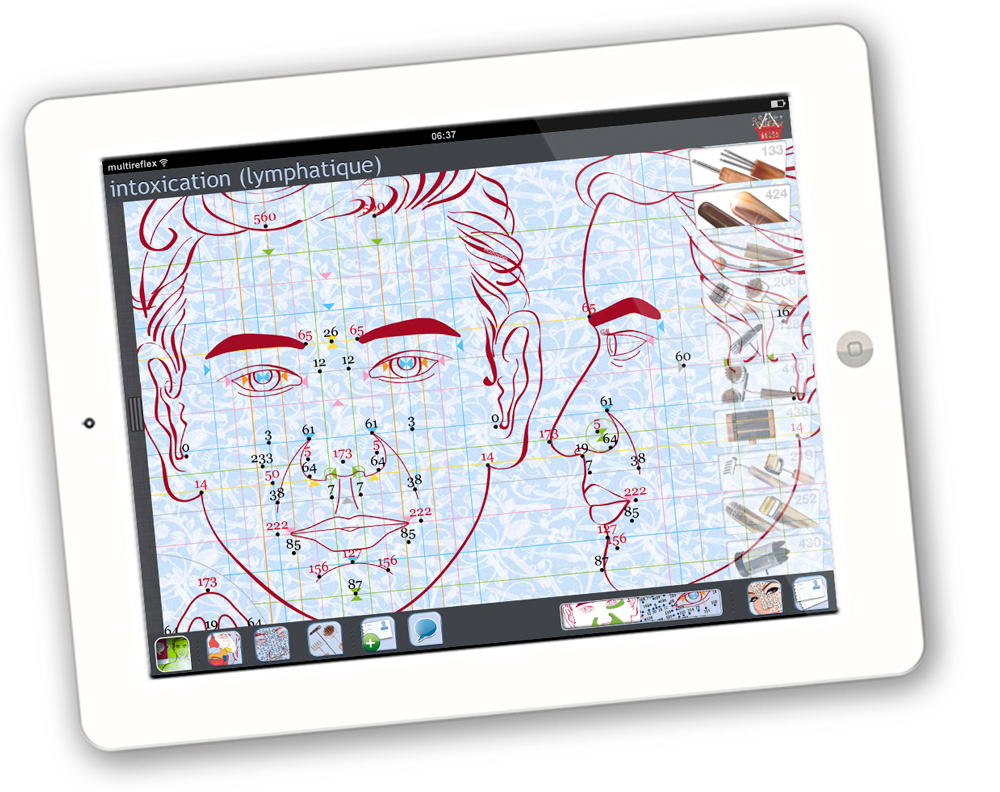

Use the Detector nº101 (or the large detector of the Comète nº133 for sensitive skin) to test the points in your constellation and retain only the most sensitive ones. Then stimulate each selected point with the Detector or the Little-hammer nº128.
- Pregnant women: avoid bqc·points under the nose and replace the mouth massage with a forehead massage.
- Excess heat: if bqc·point 127· is not painful, test bqc·point 143· under the nose. If the latter is very sensitive, use the copper cylinder of the Beauty-brush nº252 along the nasolabial fold to cool the intestine.
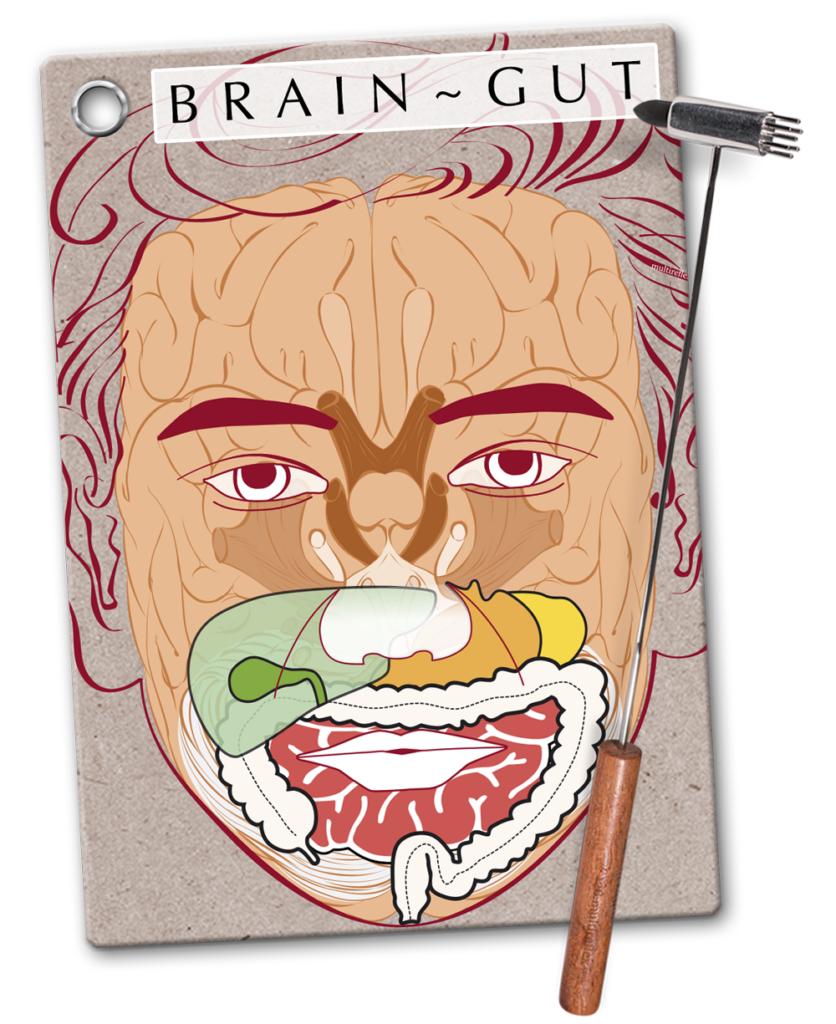
5| Dosage and advice
To maximise the benefits of Dien Chan sessions, it is essential that your patient can continue the care at home. Here’s how to proceed:
If you have noticed an improvement during the body or facial reflex step, recommend the most appropriate multireflex tool. For example, the Double yang ball nº410 for microcirculation, or the Beauty-brush nº252 for more targeted stimulations.
- Show your patient how to use the tool practically and gently. Explain the movements to perform, such as back-and-forth or kneading, emphasising gentleness and precision.
- Ask your patient to repeat the massage every day for at least a week. Regularity is essential to achieve lasting results.
- During this period, it is crucial to avoid stress, anti-inflammatories, and antibiotics, as they can degrade the intestinal flora and reduce the effectiveness of the care.
- Encourage your patient to note their feelings and progress. You can then adjust the advice and exercises during the following sessions according to their evolution.
By following these recommendations, your patient will not only prolong the benefits of the sessions but also strengthen their autonomy in managing their well-being.
Conclusion
What we eat directly impacts our brain. A diet rich in fibre, omega-3s, and polyphenols, found in fruits and vegetables, promotes a balanced microbiota and enhances cognitive and emotional functions. Conversely, a diet high in ultra-processed foods and refined sugars can disrupt the brain-gut axis, favouring anxiety or depression.
Taking care of your intestines means taking care of your overall well-being. By integrating these simple and natural practices into your daily life, you can improve your digestion, strengthen your immunity, and regain vibrant vitality.
In summary, the intestines and the brain function as a true duo. Taking care of your digestive system means taking care of your mental health, and vice versa!
Want to learn more? Take advantage of our workshops and training, both online and in-person, and join the joyful team of the ISMDC.
Train in Dien Chan with authentic experts and transform your life and that of your loved ones!
